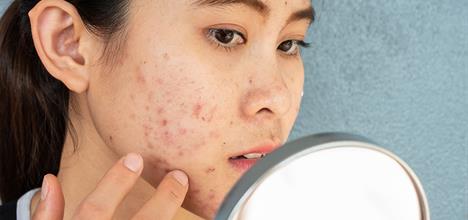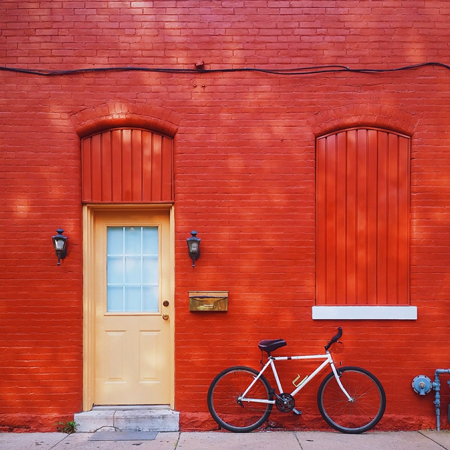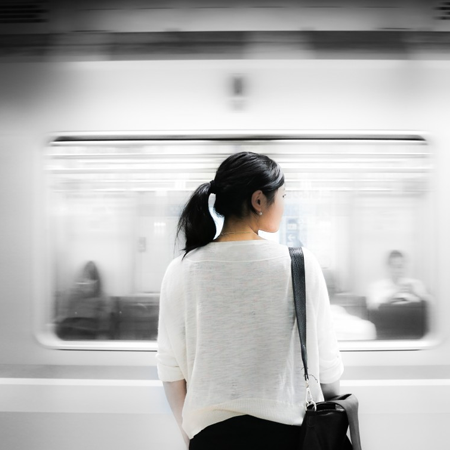Acne is a common concern among Malaysian teens, driven by a combination of hormonal changes and environmental factors. To effectively manage acne skin, it’s important to use treatments that are both safe and effective. Here’s a guide to the best acne treatments tailored for Malaysian teens, focusing on products and strategies to help maintain clear skin.

The Importance of a Quality Cleanser: Foundation for Clear, Acne-Free Skin
The foundation of any good acne treatment routine is a high-quality cleanser for acne-prone skin. Look for a cleanser with ingredients like salicylic acid or tea tree oil, which helps to gently remove impurities and excess oil without over-drying the skin. A proper cleansing routine is crucial for preventing new pimples and maintaining overall skin health.
Effective Acne Serums for Teens: Target Breakouts and Improve Skin Texture
An acne serum can be highly effective in targeting breakouts and improving skin texture. For teens, an acne serum with ingredients like benzoyl peroxide or niacinamide can help reduce inflammation and control oil production. These serums work by penetrating deep into the pores to treat existing pimples and prevent future breakouts.

Best Oil-Control Serums for Malaysian Teens: Regulate Sebum and Prevent Breakouts
Managing excess oil is key to controlling acne skin. An oil-control serum can help regulate sebum production and reduce shine. For Malaysian teens, an oil-control serum that balances oil without clogging pores is essential. This can help prevent the formation of new pimples and keep the skin looking fresh throughout the day.
Acne-Friendly Moisturisers: Balance Hydration Without Clogging Pores
Even if your skin is oily, it’s important to stay hydrated with a moisturiser for acne-prone skin. Choose a lightweight, non-comedogenic formula that won’t clog pores. Look for moisturisers containing hyaluronic acid or niacinamide, which provide hydration while also calming and balancing the skin. Proper hydration helps maintain the skin barrier and reduce the appearance of acne scars.
Fade Dark Spots: The Best Acne Scar Creams for Smoother Skin
For those dealing with acne scars, an effective acne scar cream is crucial. The best product for pimple scars often includes ingredients like Vitamin C or retinoids, which can help fade dark spots and improve skin texture. Regular application of a targeted acne scar cream can significantly reduce the visibility of scars and promote a smoother complexion. Buy now!

Explore the Benefits of an Essence for Acne
An essence for acne can provide additional benefits by enhancing the overall effectiveness of your skincare routine. Essences are typically lightweight and packed with active ingredients that help treat acne and improve skin texture. Look for essences with soothing ingredients like Centella Asiatica, which can calm inflammation and support skin repair.
Maintain Consistency in Your Skincare Routine
Consistency is key when it comes to managing acne. Stick to a regular routine that includes cleansing, applying serums, and moisturising. Avoid skipping steps, as each product plays a role in maintaining clear skin. Regular use of these treatments will help keep breakouts under control and improve the overall health of your skin.
Consult a Dermatologist for Personalised Acne and Scar Treatments
For severe cases of acne or persistent scars, seeking advice from a dermatologist can be beneficial. They can recommend additional treatments or prescribe medications tailored to your specific needs. Professional guidance can provide a more personalised approach to managing acne and achieving clearer skin.
In conclusion, managing acne as a Malaysian teen involves using a combination of effective and safe products. Start with a suitable cleanser for acne-prone skin, incorporate an acne serum and oil control serum, and use a non-comedogenic moisturiser. Treat acne scars with targeted creams and consider using an essence for additional benefits. Maintaining a consistent skincare routine and seeking professional advice when needed will help achieve clearer, healthier skin and manage acne effectively. Shop online now!








